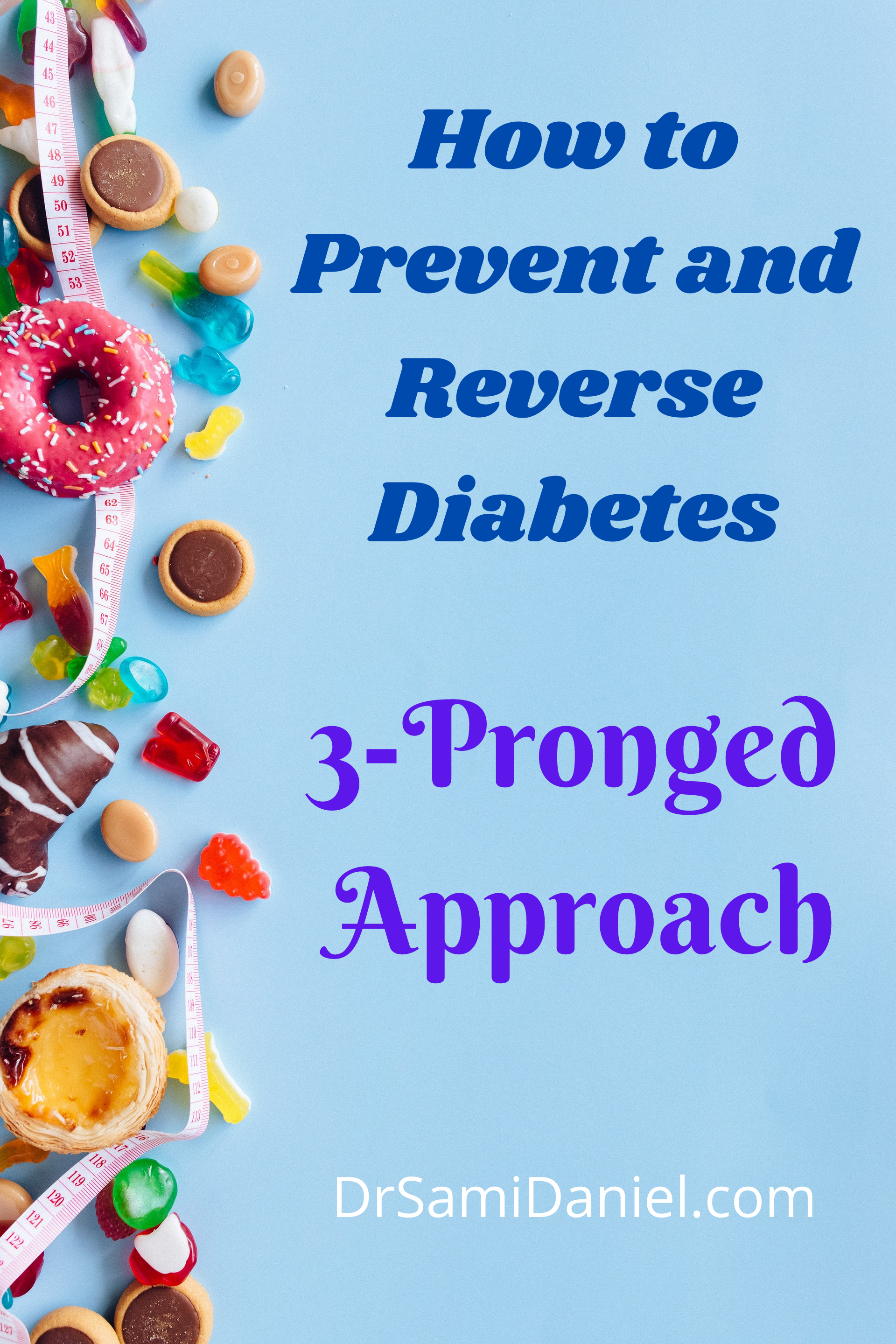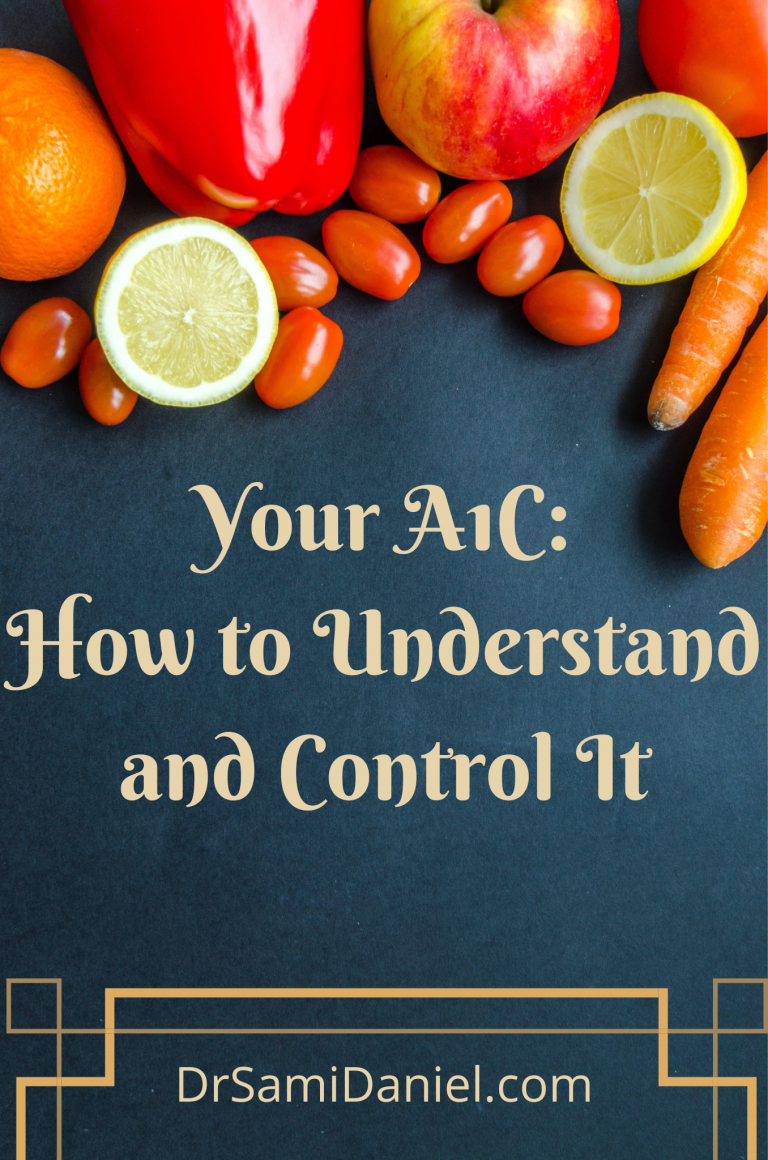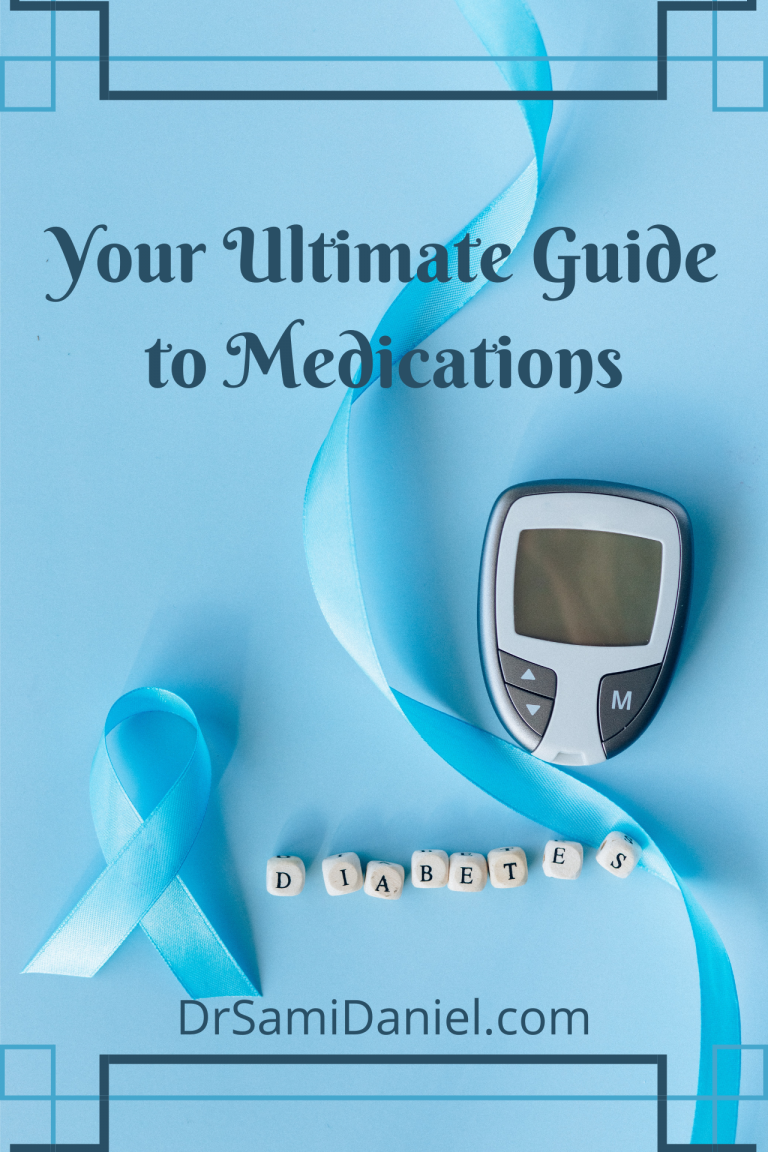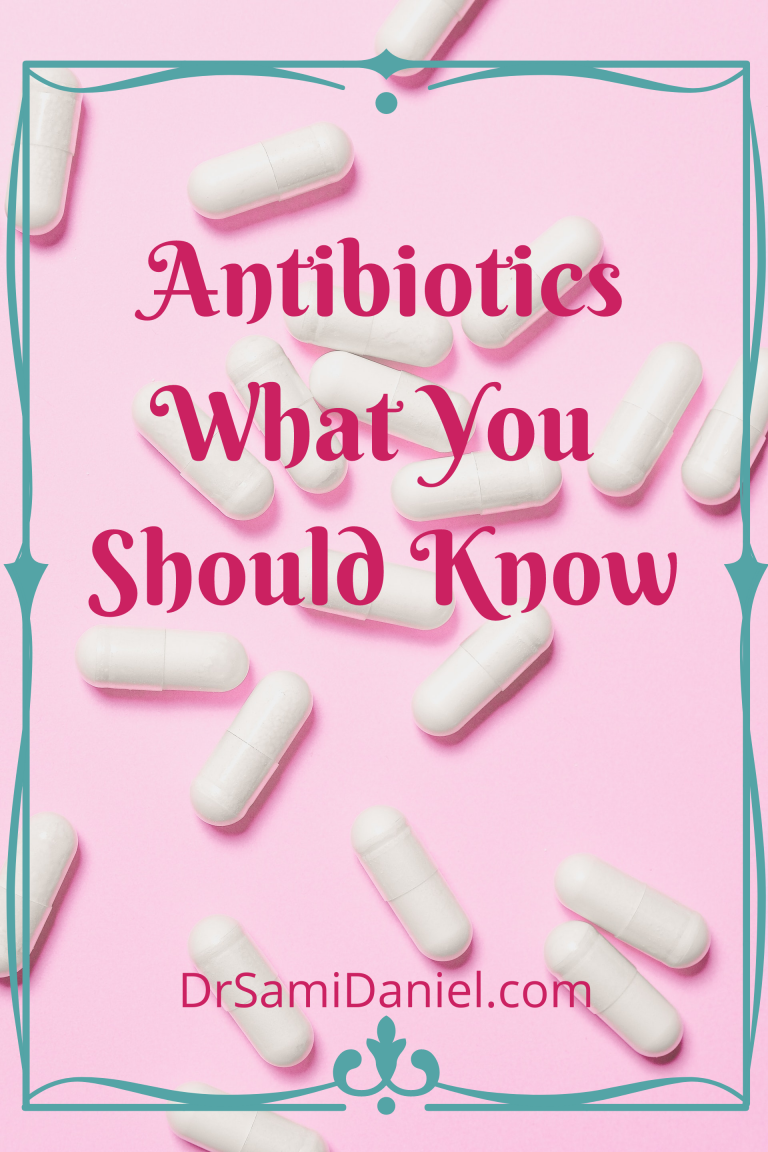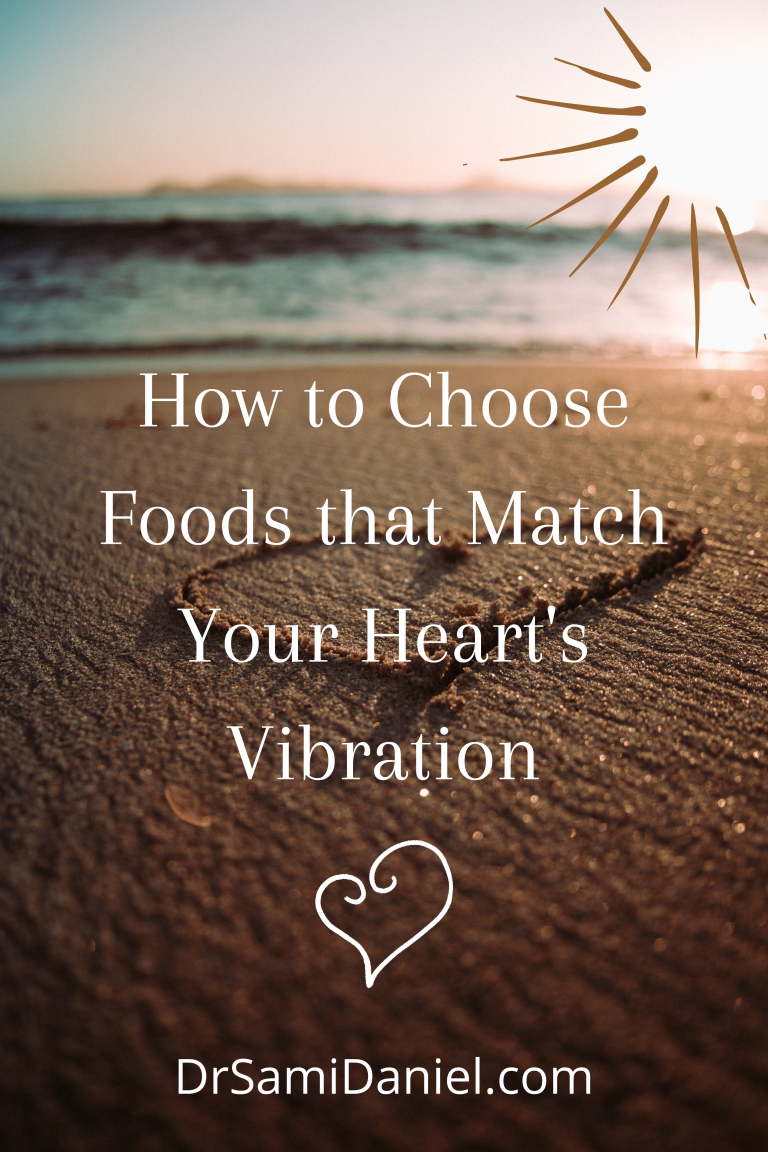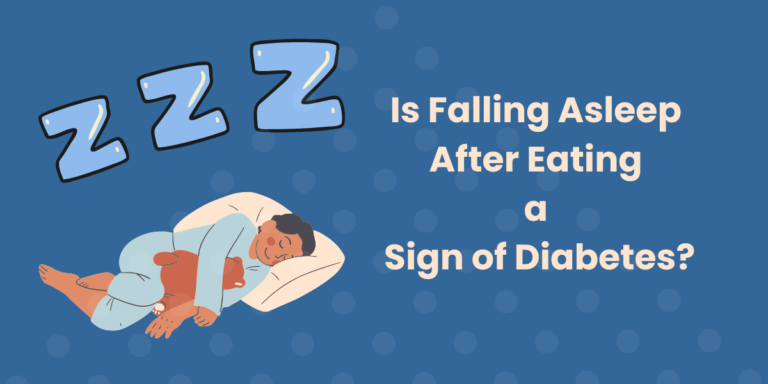How to Prevent Diabetes Naturally
You’re going to the doctor’s office because the doctor asked you to make an appointment. You just had your blood drawn and can only assume that your doctor saw something there that was concerning.
You go online to check your blood results and see the list of all the different things that were tested. Some numbers are high and some numbers are low. But none of it really makes any sense. What does it all mean? Are any of these numbers really so important that your doctor wants to see you?
You get to the office and sign in. The nurse calls your name and gets you situated in one of the rooms. “The doctor will be in momentarily”.
So you wait for the doctor. Eventually, you hear a knock and the door opens. The doctor has arrived and immediately explains that your test results indicate that you have diabetes. The doctor will then immediately launch into what you should be doing to control something called blood sugar. But you wonder why blood sugar matters and what diabetes even is in the first place.
You then leave the office with a prescription in hand (maybe even several) and wonder to yourself, “What just happened? I feel fine. I don’t have money to waste on these prescriptions. I have a family to feed”.
So, what happened? What is diabetes? Why do you need to control your blood sugar? And why does your family depend on you to make health decisions that will allow you to support them and create moments that you will cherish.
What is Diabetes?
It’s a simple question with a complicated answer. Therefore the doctor may simply say that diabetes is a result of too much sugar in the blood.
Is it that simple? No.
The pathology is quite complex. But the important thing to realize is that high blood sugar can cause problems down the line such as heart disease, heart attack, stroke, kidney damage, eye problems, and even sexual dysfunction. These are just a few things that can occur. To learn more, check out this article by the National Institute of Diabetes and Digestive and Kidney Diseases.
Having too much sugar in the blood causes these things because the sugar acts like sandpaper in your arteries. The inner surface of your arteries are normally extremely smooth to minimize friction with your blood and make sure the blood flows smoothly with minimal effort.
When there is a high concentration of sugar in the blood, the crystals of the sugar scrape against these ultra smooth surfaces. Over time, this leads to nicks, cracks, and other imperfections. This is no good for smooth blood flow. So the body tries to patch up these problems with cholesterol. Much like how road workers patch up pot holes.
These deposits of cholesterol will build up to form plaques and potentially block the artery if it gets big enough. At that point, you get the complications mentioned above.
Again, this explanation is overly simplified. However this illustrates why maintaining our blood sugar at the correct concentration is in our best interest to keep our blood vessels smooth and clear.
What is the Goal?
The ultimate goal is not necessarily to eliminate diabetes. The goal is to live a healthy and vibrant life. This means that we must work to keep our blood glucose levels in check to avoid complications down the road such as the ones mentioned above.
When you speak with your Doctor, he/she may mention something called a Hemoglobin A1C. What is this?
When blood sugar is really high in the blood, your red blood cells act as a sort of buffer. In this manner, some of the excessive glucose is physically attached to the hemoglobin of your red blood cells. And what is hemoglobin? It is the molecule your red blood cells use to transport oxygen to your entire body.
Since your red blood cells have a life span of approximately 3 months, Doctors use this measurement tool to figure out how well-controlled your blood sugars have been over the last 3 months! It’s a pretty handy tool to really see if your treatment is working over the long-term.
So what is our Hemoglobin A1C goal? Anything less than 7.0 is considered controlled diabetes. If your Hemoglobin A1C is between 5.7 and 6.4, you are considered to have Pre-diabetes. At this stage, you may not require medication and can likely bring it under further control just with diet modification and exercise. However this is a discussion you must have with your Doctor so he/she can advise you on the best course of action based on your other medical problems or medications.
Always work in concert with your Doctor so he/she knows your goals and works with you to achieve your best results.
What Are the Three Mainstays of Treating Diabetes?
There are three methods your Doctor will recommend in order to achieve your goals.
Diet
Diet is what got you into this disease. Diet can get you out IF you know what you’re doing and follow up with your Doctor closely to monitor your progress.
The first macronutrient that directly contributes to your blood sugar is the carbohydrate. Carbohydrates are basically sugar molecules in their simplest form. And we LOVE to include them in everything we eat. Navigating which carbohydrates are ok to eat and why can be tricky. However if you follow a simple maxim, you will be off to a great start!
What is the rule of thumb? Halve your portions of carbohydrates.
For example: if you eat 2 scoops of rice, eat just 1 scoop. If you eat a potato, have only half that potato. Big plate of spaghetti? Put half as much or get a smaller plate.
It’s the simplest and oldest trick in the book. But if you need to get your blood sugar under control, this works quickly.
You can get into the nuances of healthy eating as you learn more. If you want to learn about how many carbohydrates are in a particular food item, please check out my guide to nutrition facts here.
Exercise
Exercise is of paramount importance! Diet is a large part of the equation to return to health. However exercise has the ability to augment your diet and help you make greater gains.
Exercise does not have to be hard or complicated. Just use the legs and arms God gave you! Walk, jog, cycle, swim, it doesn’t matter what exercise you choose. What matters is that you do them at a brisk pace for at least 30 – 40 minutes per day.
Bonus points – Do your chosen exercise particularly after dinner. Why? If you’re anything like me and the rest of the population, your biggest meal of the day is likely dinner. And what do we all like to do after dinner? We’re most likely sitting down while watching TV, reading, catching up on work, or some other activity which keeps us glued to our seats. Then we go to sleep.
If you move around right after dinner, your muscles will immediately create a demand for the food you just ate which means more sugar will be taken up by your muscles for energy rather than stored as fat.
Medications
If your blood sugars are out of control or not at the goal, your Doctor may prescribe medications. Why? Because diabetes is not just a long-term game. There is a short-term danger as well. For people with Type 2 Diabetes, this danger is known as Hyperosmolar Hyperglycemic Syndrome. What is that?
Let’s break down the word. “Hyper” comes from Greek which means, “over” or “beyond”. Basically, something is above and beyond what is normal. “Osmolar” refers to the concentration of something in a solution. In this case, we are talking about the concentration of glucose in blood. “Glycemia” translates to sugar or glucose.
So if you have an excessively high concentration of glucose in your blood, you will likely end up in the hospital at some point. And in fact, that is how most people may discover that they have developed Type 2 Diabetes. To learn more about how to identify Hyperosmolar Hyperglycemic Syndrome, click here to see what the Clevelend Clinic has to say.
To avoid this problem, follow up with your Doctor on a yearly basis at minimum. Let your Doctor know if there is a family history of diabetes. And do routine screenings and blood work to make sure your body isn’t giving you any warning signs before a problem strikes.
Some warning signs and symptoms include but are not limited to dizziness, confusion, vision changes, sweating, increased appetite, increased thirst, increased urination, unintentional weight loss, and abdominal pain. This is not comprehensive. So maintain communication with your Doctor and let him/her know if you experience any symptoms.
What Foods Cause Diabetes?
Our ancestors did not have to worry about diabetes. It didn’t even exist! So why is it becoming more and more prevalent now?
No one really knows what’s causing this trend. But observations have been made over the years.
We live in a time when carbohydrate foods are easily available. What’s more, they are often processed so that the carbohydrate of a normally healthy food can now be easily and quickly absorbed into the blood stream. This can spike your blood sugar. Repeating this process over years can make your body unable to handle sugars as efficiently.
If you want to learn more about how your body digests different kinds of sugars, click here to read more.
What foods are processed or refined?
Almost everything that has been packaged in any way. This is not a blanket statement of all food items that have been packaged. But if a food comes in a package, you owe it to yourself to scour those nutrition facts for details!
If it comes in a box, a bottle, bag, wrapped in plastic, or any other container which is sporting a label, find those nutrition facts.
Think of foods or food items that are found in stores which are not found in nature and ask yourself, “Can I find this food item in nature?” in the same form you see on the shelf.
Desserts, breads, baked goods, flour, sugar, rice, pastas, tortillas, chips, naan, dhaal, candy, sodas, juices, etc. The list can be endless.
Reality check… We process things too!
Even if we get whole foods from the grocery store, what do we do when we bring that food home? We ultimately prepare it, cook it, and eat it!
Well all that preparation, cooking, and even eating and digestion is processing the food!
Most people have a kitchen appliance called a Processor, a.k.a. Blender. What happens when we blend food? Or create smoothies? Or juices? We shred the fibers of even the healthiest vegetables and/or fruits. This process exposes the sugars naturally found in these foods which makes it easier for our bodies to absorb. An excellent plan if we want to sprint immediately! But most of us do not need that immediate access to energy.
So the next time you prepare food, keep in mind how you are preparing the food to enter your digestive system. Again, you can click here to read more.
“Healthy” Foods that Do Not Help
Believe it or not, foods that are considered healthy can actually contribute to increased blood sugar levels and therefore should be avoided by people with diabetes.
Such foods include certain fruits including but not limited to bananas, oranges, pineapples, and grapes. Certain vegetables can also be problematic, specifically starchy vegetables like potatoes, yucca root, pumpkin, and corn to name a few.
It’s a surprising realization. However our basic goal in diabetes is to have the sugar in your blood return to normal levels. Since fruits and starchy veggies are loaded with their natural sugars, you must be mindful of how much to consume.
These are just a few foods of which a person with diabetes should be mindful. However to assist you more fully in your selection of food, you want to speak with your Doctor and use something called the Glycemic index to guide your choices. You can find a small list of foods and their glycemic index that Harvard put together here.
Best Foods to Prevent Diabetes
The best foods to prevent diabetes are the same foods that can help to reverse diabetes.
Whole foods
Whole foods are essential. I’m not talking about food items that are labelled or branded as a “whole food”. I’m talking about food that has been derived from the Earth and its form was minimally altered by the time it reached your grocery store for purchase.
These foods can include vegetables, fruits, meats, nuts, and seeds. There are a few exceptions in these categories, but are generally beneficial when you diversify your intake of food in any of these categories.
Vegetables
Increasing your vegetable intake is likely the single best dietary change you can make to help control your blood sugar. Why?
Because even though they have carbohydrates, these sugars are locked away within fiber. This means that the body has to digest the fiber first before the sugars are released.
This creates a kind of mechanism for extended release so that carbohydrates are evenly distributed into your blood stream rather than just a dump of sugar directly into the blood.
Final Thoughts
Diabetes is complicated because it leads to complications. Work closely with your Doctor to decide the best approach to bring your diabetes under control and hopefully eliminate it!
This CAN be accomplished. People have done it before with proper guidance from their Doctors.
Be mindful of your diet, your exercise, and your medications. All these play large factors in winning and living a vibrant life for years to come!

